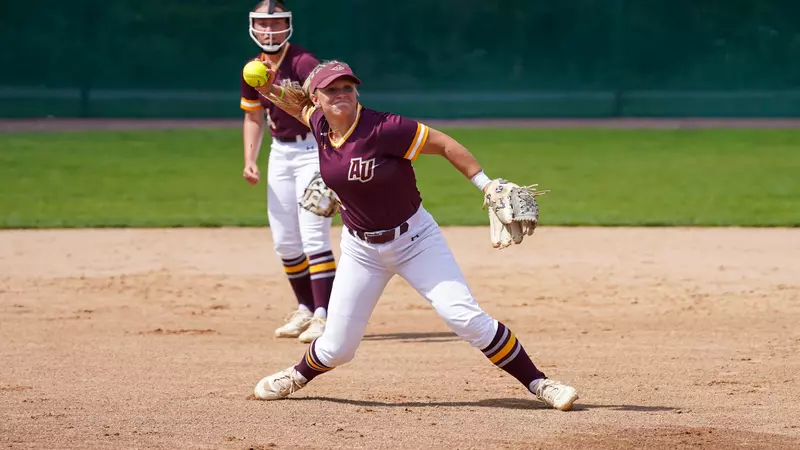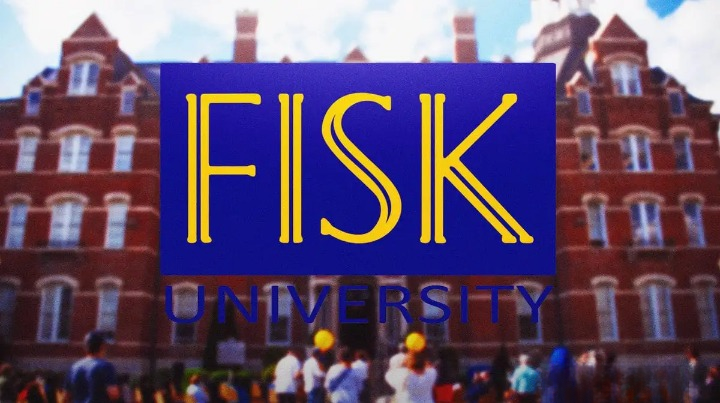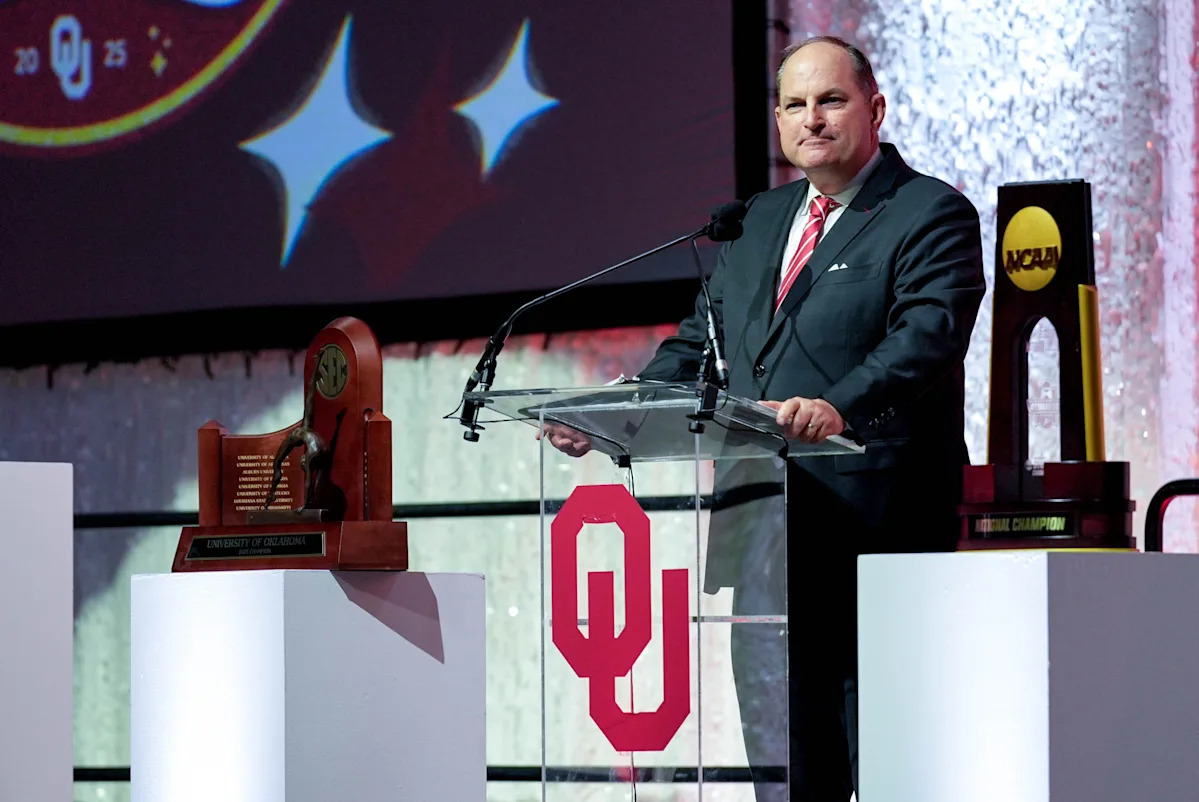The NCAA and its five power conference leagues have come to a nearly $2.7-billion settlement in a pair of federal antitrust lawsuits, with college athletes set to be paid for the first time
The NCAA’s monumental settlement with its five power conference leagues has forever altered the landscape of college sports, marking the first time student-athletes will receive payment from their institutions.
Despite its roots in amateurism, college sports are now set to become part of an innovative revenue-sharing model where schools can pay athletes up to $20.5 million annually starting in 2025-26. Following U.S. District Judge Claudia Wilken’s resolution of three separate antitrust lawsuits last week, colleges will also retroactively compensate athletes $2.8 billion for those who competed from 2016 to 2025.
This development comes on the heels of the University of Oklahoma’s announcement that it would be downsizing its athletic department staff due to revenue sharing with student-athletes, resulting in a five percent job loss. In other news, Notre Dame head coach Marcus Freeman has urged the NCAA to have just one transfer portal window instead of two.
READ MORE: U.S. Open organizers make announcement after Bryson DeChambeau and Rory McIlroy discoveryREAD MORE: Kyle Busch’s $138 billion backer makes Hendrick Motorsports announcement
Beginning in the fall of 2025, athletes will start receiving direct payments from their schools through revenue-sharing, which is expected to account for roughly $20 million per year. However, this figure could potentially increase annually depending on more profitable television deals.
The decision on how each school allocates their $20 million budget each year, including how much is used to pay players, which players are paid, and how much they receive, is left to the discretion of the individual institutions.
The new revenue-sharing model won’t impact current name, image, and likeness (NIL) deals, which have revolutionized college sports since they were introduced a few years ago.
NIL deals enable players to earn money through endorsements, social media, and other business ventures. Some of these deals have even transformed young teenagers into millionaires before they’ve entered the professional game.
Fortunately for students, NIL deals are here to stay. However, the NCAA settlement includes a reporting requirement where athletes must disclose third-party NIL deals that aren’t part of the revenue-sharing allotment they receive.
NIL deals could potentially allow schools to pay more than the $20 million they can distribute to players, although it’s been reported that the NCAA plans to monitor this in the future.
Some of the funds schools will use to compensate their student athletes will come from ever-increasing TV rights packages, particularly for events like the College Football Playoff and March Madness.
Some schools are also raising costs to fans through “talent fees”, “concession price hikes”, and “athletic fees” added to tuition costs, providing another income source for them to distribute.
College football and college basketball are the two highest-earning sports, with top quarterbacks reportedly earning around $2m a year, which would consume about 10 per cent of a typical school’s NIL budget for all its athletes.
Regarding the NCAA payout to former athletes who competed between 2016-2024, this will only be accessible to those who were either fully or partially excluded from those payments under previous NCAA regulations.


































































